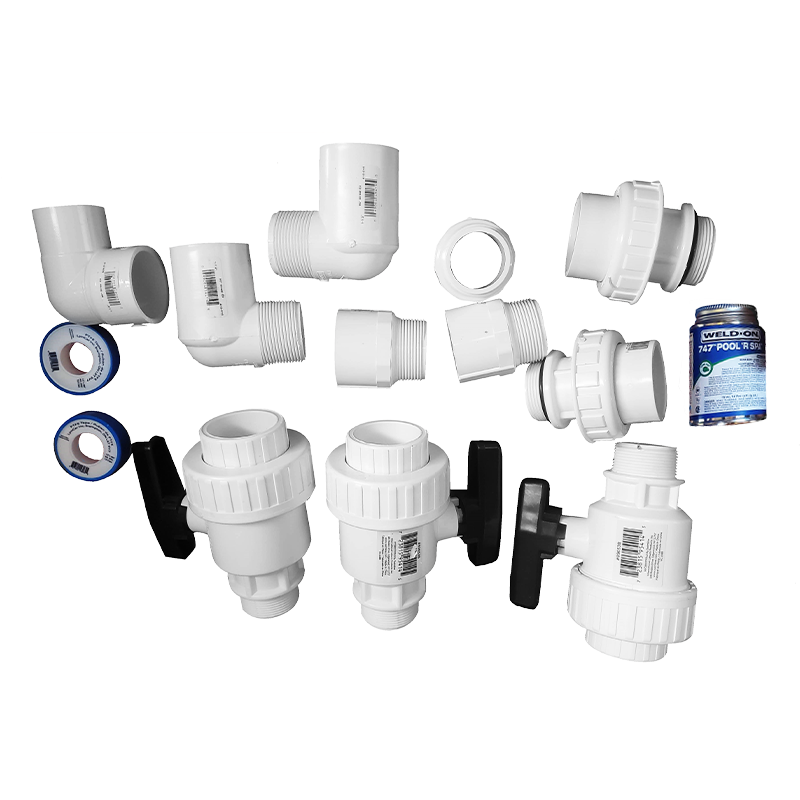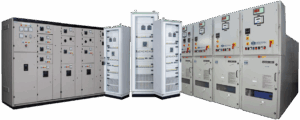How to Repair or Replace Damaged Pool Pipe Fittings
A well-functioning pool system depends heavily on efficient water flow, which is made possible by a network of pipes and fittings. Over time, however, these components—particularly the Pool Pipe Fittings—can become damaged due to wear and tear, temperature changes, or chemical exposure.
Damaged fittings can lead to leaks, reduced water circulation, and costly water loss. Fortunately, repairing or replacing them isn’t as difficult as it may seem, especially if you know what signs to look for and have the right tools and techniques.
In this blog, we’ll walk you through how to identify, repair, and replace damaged pool pipe fittings to keep your swimming pool system running smoothly.
Common Causes of Pool Pipe Fitting Damage
Before diving into the repair process, it’s important to understand what causes damage to pool pipe fittings:
-
Chemical corrosion from chlorine or pool cleaning agents
-
UV exposure breaking down plastic components over time
-
Freezing temperatures causing pipes or fittings to crack
-
Poor installation leading to stress on fittings
-
Aging materials becoming brittle and leaking under pressure
Signs Your Pool Pipe Fittings Are Damaged
Here are the most common signs of damaged or failing fittings:
-
Visible leaks or water pooling around pipe joints
-
Air bubbles in your pool returns
-
Reduced water pressure or weak circulation
-
A noisy pump, indicating suction issues
-
Noticeable cracks or discolouration on the fittings
If you detect any of these issues, it’s time to inspect your pool piping more closely.
Tools & Materials You’ll Need
To repair or replace your pool fittings, gather the following:
-
Replacement Pool Pipe Fittings
-
PVC pipe cutter or hacksaw
-
Deburring tool or sandpaper
-
Solvent cleaner
-
PVC cement (suitable for wet or damp conditions)
-
Measuring tape and marker
-
Protective gloves and goggles
Step-by-Step Guide to Repairing or Replacing Pool Pipe Fittings
1. Turn Off the Pool Pump
Always start by turning off the pool pump to stop water flow. If possible, drain the pipes to ensure a dry workspace.
2. Locate the Damaged Fitting
Inspect the piping system to find any cracks, leaks, or broken joints. Mark the section that needs to be replaced.
3. Cut Out the Damaged Section
Use a pipe cutter or hacksaw to carefully cut out the damaged fitting. Make sure your cuts are clean and straight.
4. Clean and Prepare the Pipe Ends
Use a deburring tool or sandpaper to smooth out the edges of the remaining pipe. Clean the surfaces with solvent cleaner to ensure a solid bond with the new fitting.
5. Dry Fit the New Fittings
Before applying any cement, dry fit the new pool pipe fittings to ensure a proper fit. This will help you avoid any last-minute mistakes during installation.
6. Apply PVC Cement
Once you’re satisfied with the dry fit, apply PVC cement to both the inside of the fitting and the outside of the pipe. Push the pieces together firmly with a slight twist, then hold for about 30 seconds to secure.
Pro Tip: Use WDF PVC Cement if working in wet or humid conditions to ensure proper bonding.
7. Let It Cure
Give the cement time to cure—typically 2–4 hours before testing the system, depending on the manufacturer’s recommendation.
8. Test the System
Once everything is cured, turn the pump back on and observe the area for any signs of leaking or pressure loss.
When to Call a Professional
While minor repairs can be done by experienced DIYers, more complex or buried pipe issues may require a professional plumber or pool technician. If you’re uncertain or suspect deeper issues, it’s always safer (and often more cost-effective in the long run) to consult a pro.
Preventative Maintenance Tips
-
Check your fittings regularly for early signs of wear
-
Use chemical-resistant materials for longer-lasting performance
-
Install fittings with proper alignment and support to reduce stress
-
Winterize your pipes to prevent freeze damage in colder months
Conclusion
Keeping your pool system in top shape means paying attention to the integrity of its plumbing. Damaged Pool Pipe Fittings can quickly lead to more serious issues if left untreated. By identifying problems early and following a careful repair or replacement process, you can ensure efficient water circulation and extend the life of your pool system.
Need high-quality fittings for your repair project? Explore our full range of durable Pool Pipe Fittings at PPFV.






